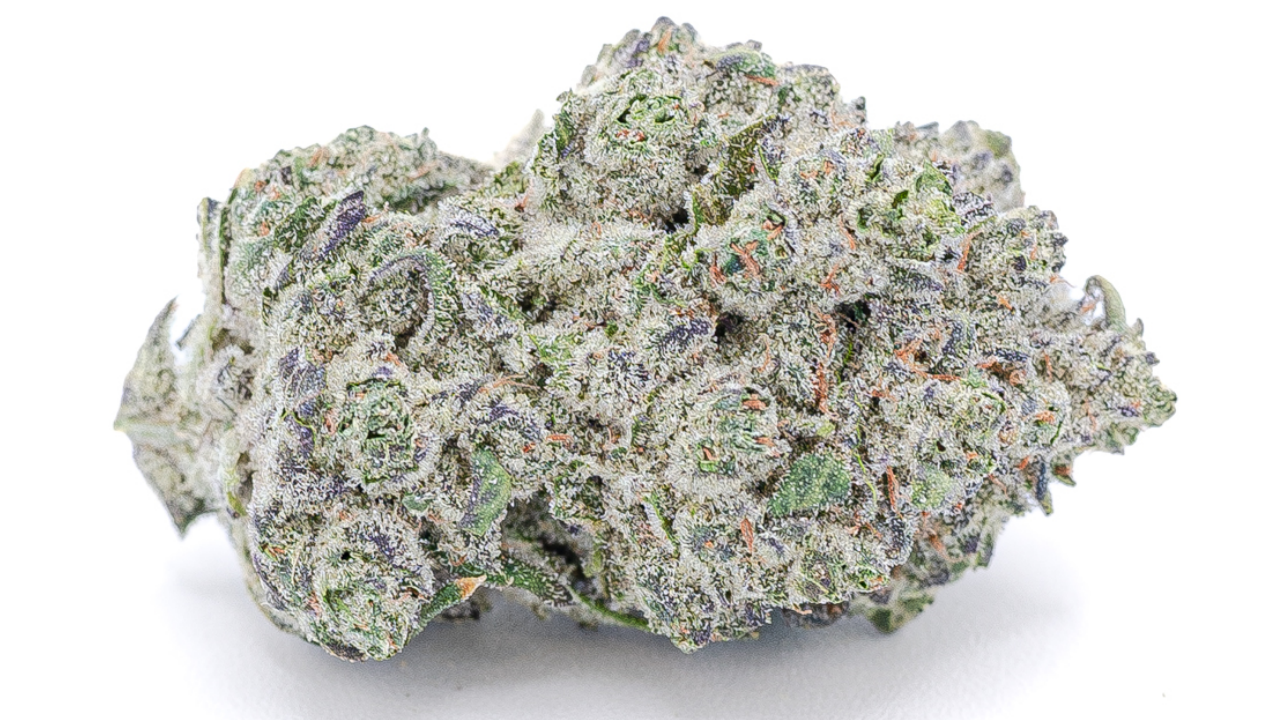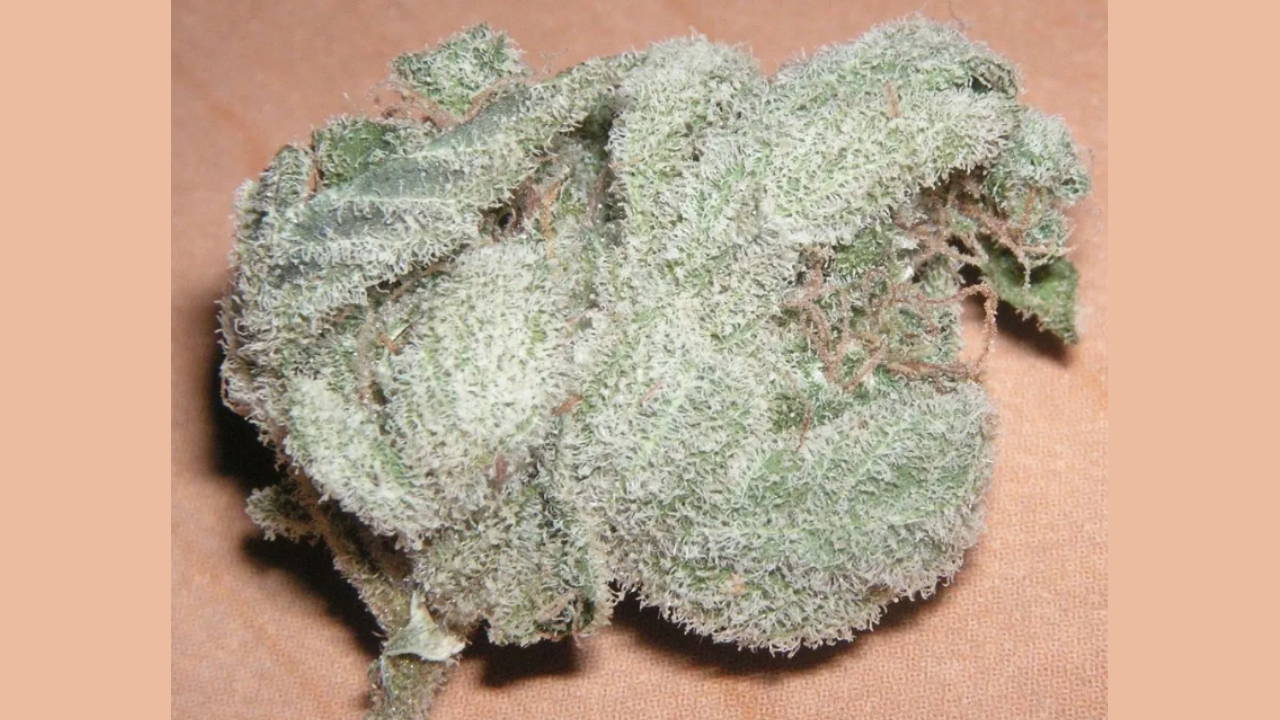Cannabis: The Green Frontier of Future Medicine
In the ever-evolving landscape of healthcare, a quiet revolution is taking place—a return to nature that challenges the pharmaceutical status quo. At the center of this shift stands cannabis, once demonized, now increasingly recognized as a potent natural alternative to traditional pharmaceutical drugs. As science, policy, and public perception evolve, cannabis is not just gaining ground—it’s becoming a green giant in the medical field, offering hope to those weary of the dangerous side effects tied to conventional medications.
The Pharmaceutical Problem
The pharmaceutical industry, while having delivered incredible advancements in modern medicine, is not without its flaws. Many prescription drugs, particularly those used to treat chronic pain, anxiety, depression, insomnia, and inflammation, come with a laundry list of side effects—ranging from liver damage and gastrointestinal issues to dependency, cognitive impairment, and even death.
Opioids, once heralded as a miracle cure for pain, have fueled an epidemic of addiction and overdose. Anti-anxiety medications such as benzodiazepines carry high risks of dependency and withdrawal. Antidepressants can take weeks to work—if they work at all—and often come with emotional numbing, weight gain, and sexual dysfunction. Sleep aids can impair memory and cause next-day drowsiness. The list goes on.
In contrast, cannabis offers a multifaceted plant-based alternative that interacts naturally with the human body’s own endocannabinoid system—a regulatory network that helps maintain balance in everything from mood to pain perception.
Nature’s Multifunctional Medicine
What makes cannabis such a promising alternative is its complexity and versatility. The cannabis plant contains over 100 cannabinoids, the most well-known being THC (tetrahydrocannabinol) and CBD (cannabidiol). These compounds interact with CB1 and CB2 receptors in the body to produce therapeutic effects without the harsh chemical imbalances caused by synthetic drugs.
- CBD, in particular, has become the poster child for non-intoxicating healing. It has shown promise in treating epilepsy (especially in children), anxiety, inflammation, and even neurodegenerative conditions like Parkinson’s and Alzheimer’s.
- THC, while psychoactive, provides powerful pain relief, appetite stimulation, muscle relaxation, and mood elevation.
Combined with other naturally occurring plant compounds such as terpenes and flavonoids, cannabis creates an “entourage effect,” where the collective synergy enhances therapeutic results. Unlike many pharmaceuticals, cannabis can address multiple symptoms at once—like pain, anxiety, and insomnia—without requiring a cabinet full of pills.
From Stigma to Science
Decades of misinformation, largely rooted in political and racial agendas, cast a long shadow over cannabis. But with legalization gaining momentum across the U.S. and internationally, researchers have finally been able to explore its potential without the bureaucratic chains of the past.
Recent studies support cannabis’s efficacy in reducing opioid use, managing chronic pain, and treating PTSD. Cancer patients find relief from chemotherapy-induced nausea. Veterans with combat trauma use it to escape the grips of antidepressants. Millions with arthritis, fibromyalgia, multiple sclerosis, and Crohn’s disease turn to cannabis for a better quality of life—with fewer side effects.
Less Side Effects, More Quality of Life
What sets cannabis apart from pharmaceuticals is its comparatively gentle side effect profile. While it’s not entirely without risks—particularly with overuse of high-THC strains or in vulnerable individuals—its most common side effects (dry mouth, mild dizziness, increased appetite) pale in comparison to the dangers of liver failure, addiction, or suicidal ideation often linked to prescription meds.
Moreover, cannabis can be tailored to the individual. Different strains, cannabinoid ratios, and delivery methods—such as tinctures, edibles, vaporizers, and topicals—offer a personalized approach to healing, something rarely available in the one-size-fits-all world of pharmaceuticals.
A Sustainable Industry for a Healthier Future
Beyond personal health, the cannabis industry also promises environmental and economic benefits. Cannabis is a sustainable crop, requiring less water and fewer chemicals than traditional agriculture. Hemp, its non-psychoactive cousin, offers a wealth of industrial uses—from biodegradable plastics to non-toxic textiles and eco-friendly construction materials.
As legal frameworks continue to support research and innovation, cannabis is poised not only to disrupt Big Pharma but to offer a more holistic, sustainable model for both personal wellness and planetary health.
Medicine Reimagined
In the end, cannabis doesn’t promise miracles—but it does offer meaningful relief without trading one problem for another. It’s a plant with ancient roots and modern relevance, poised to redefine the future of medicine. As patients grow tired of endless prescriptions and side effect-riddled “cures,” cannabis offers a different path—one that aligns more closely with the body’s natural rhythms and needs.
In a healthcare system that often prioritizes profit over patients, the rise of cannabis isn’t just a medical trend. It’s a quiet revolution. A green return to common sense. And perhaps, the future for which we have all been waiting.
Sid Prince
Photo credit: https://creakyjoints.org.au/treatment/the-truth-about-medicinal-cannabis-access-in-australia-2/


